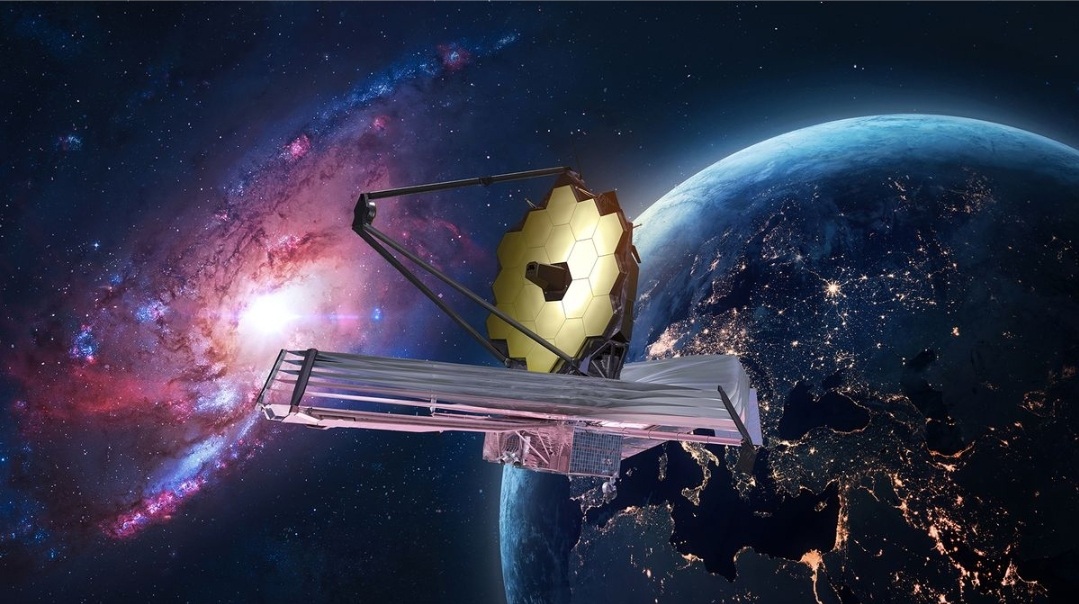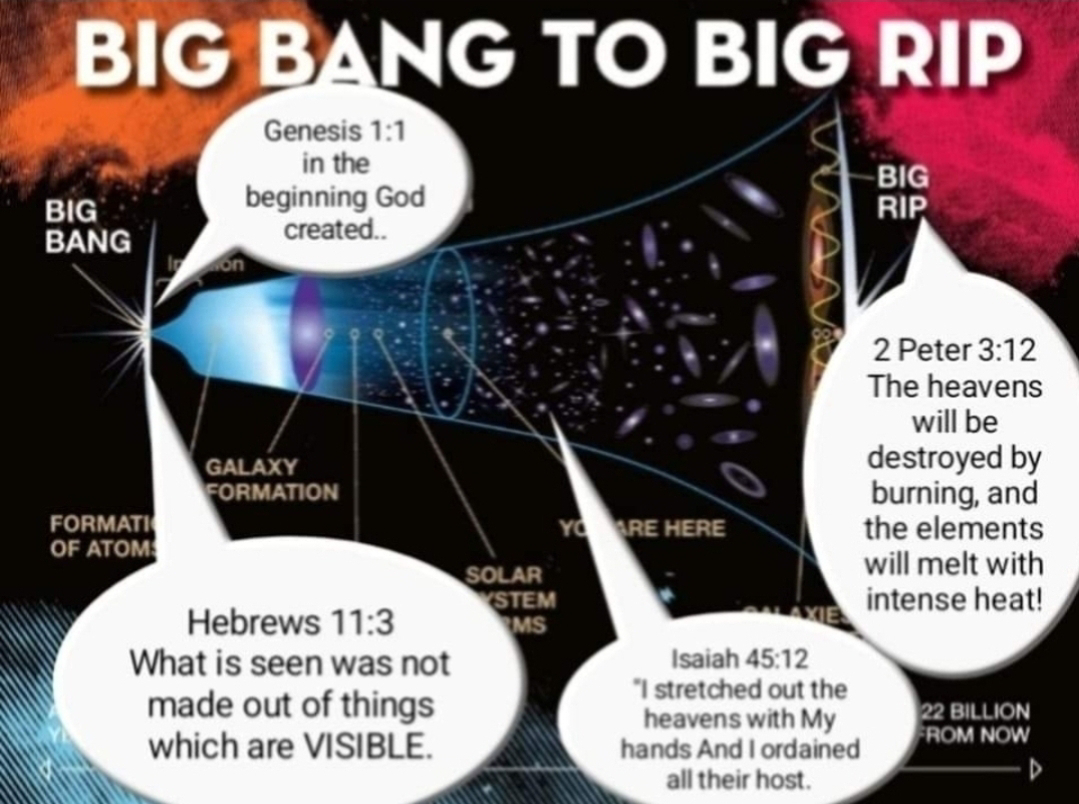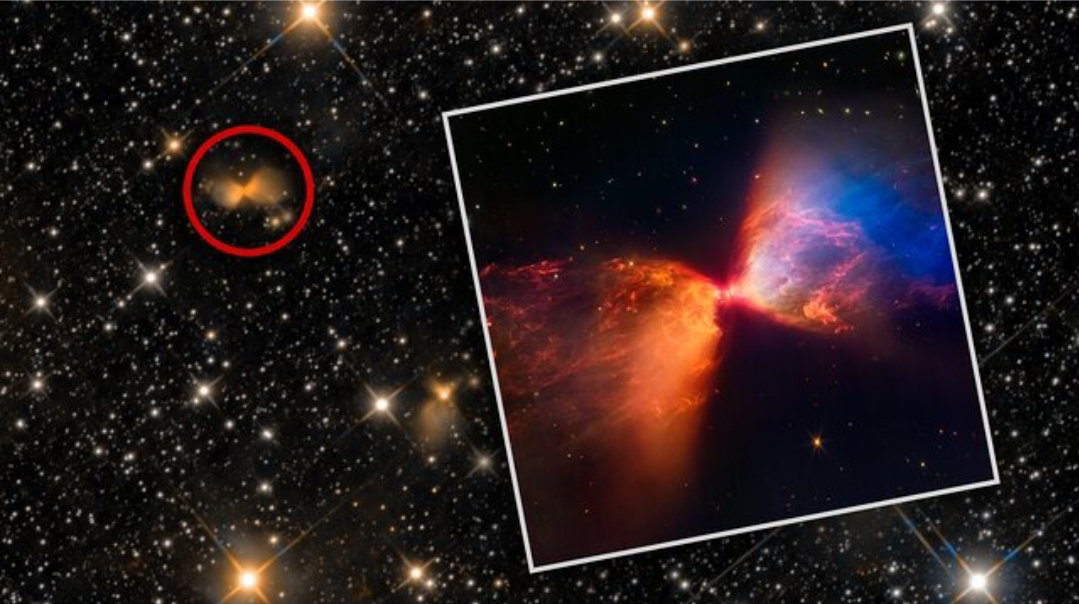How the James Webb Telescope Challenges Young Earth Creationism
The James Webb Space Telescope (JWST) has ushered in a new era of astronomical discovery, providing unprecedented views of the universe and challenging Young Earth Creationism (YEC). YEC, with its english literal (not Hebrew) interpretation of Genesis, posits a universe approximately 6,000 years old. However, the JWST's observations, along with a wealth of other scientific data, paint a vastly different picture, one of a universe billions of years old, a timeline irreconcilable with the YEC framework.
One of the most compelling lines of evidence against YEC comes from the observation of extremely distant galaxies. JWST's infrared capabilities allow it to peer through cosmic dust and gas, revealing these galaxies in remarkable detail. The light from these galaxies has traveled for billions of years to reach us, meaning we are seeing them as they were in the distant past. These galaxies are not simply primordial blobs; they exhibit complex structures, including spiral arms, bulges, and active galactic nuclei. They contain stars of various ages, including evolved stars that have lived and died, enriching the interstellar medium with heavier elements. The presence of these complex, mature galaxies at such immense distances directly contradicts the YEC timescale. There simply hasn't been enough time for them to form and evolve within a 6,000-year-old universe. Furthermore, the observed redshift of these galaxies, a consequence of the expansion of the universe (as documented in the bible), aligns perfectly with the Big Bang model, which places the origin of the universe around 13.8 billion years ago.
The amount of redshift observed correlates directly with the distance of the galaxies, providing a consistent picture of an expanding universe that has been evolving for billions of years.
The JWST's observations also shed light on the life cycle of stars, providing further challenges to YEC. Stars are born in nebulae, vast clouds of gas and dust.
Their evolution is determined by their mass, composition, and the nuclear reactions occurring in their cores. Massive stars burn their fuel quickly and die in spectacular supernova explosions, while smaller stars can live for billions of years. Astronomers have developed detailed models of stellar evolution, which are supported by observations of stars in various stages of their lives. JWST's observations of star clusters in distant galaxies allow us to witness stellar evolution in action, confirming these models. We observe stars being born, evolving through different stages, and eventually dying, all within timescales that are incompatible with YEC.
The existence of stars billions of years old, including those in globular clusters, directly contradicts the YEC timescale. These stars have been observed through various methods, including their color and luminosity, to be significantly older than the YEC age of the universe.
Beyond galaxies and stars, the JWST's observations contribute to our understanding of the Cosmic Microwave Background (CMB), the afterglow of the Big Bang.
The CMB is a faint radiation that permeates the entire universe, providing a snapshot of the universe as it was about 380,000 years after the Big Bang. The JWST's high-precision measurements of the CMB refine previous observations and provide further support for the standard cosmological model. The temperature fluctuations and polarization patterns in the CMB provide crucial information about the early universe, including its composition, expansion rate, and age. These measurements are consistent with a universe that is approximately 13.8 billion years old and are extremely difficult to reconcile with a young universe scenario. Attempts to explain the CMB within a YEC framework often require invoking ad-hoc assumptions and highly speculative physics that are not supported by other observations counter to Psalms 19.
“The heavens are telling of the glory of God; And their expanse is declaring the work of His hands.
Day to day pours forth speech, And night to night reveals knowledge.”
Furthermore, while JWST primarily focuses on astronomical observations, it indirectly supports the validity of radiometric dating, a crucial tool used to determine the age of rocks and minerals. Radiometric dating relies on the decay of radioactive isotopes, which occurs at predictable rates. By measuring the ratios of parent and daughter isotopes in a sample, scientists can determine how long ago the material formed. YEC proponents often challenge the accuracy of radiometric dating, but JWST's observations of supernovae and other astronomical events provide crucial evidence for the processes that create the radioactive isotopes used in these dating methods.
These observations strengthen our understanding of nucleosynthesis, the creation of elements in stars, and provide further confidence in the reliability of radiometric dating, which consistently yields ages of billions of years for ancient rocks, including lunar samples and meteorites. The concordance of radiometric dating with other independent dating methods, such as tree ring counting and ice core analysis, further strengthens the case for an ancient Earth and universe.
In conclusion, the JWST, along with other scientific endeavors, provides a wealth of data that overwhelmingly supports an ancient universe, a universe far older than the 6,000 years postulated by YEC. The observations of distant galaxies, stellar evolution, the CMB, and the support it indirectly lends to radiometric dating all converge on a consistent picture of a universe billions of years old. While YEC proponents continue to propose alternative explanations, these explanations often fail to address the full range of scientific evidence and frequently introduce more inconsistencies than they resolve. The JWST's remarkable observations offer a profound glimpse into the vastness of space and time, further solidifying the scientific consensus of an ancient and evolving universe.








Comments
Post a Comment